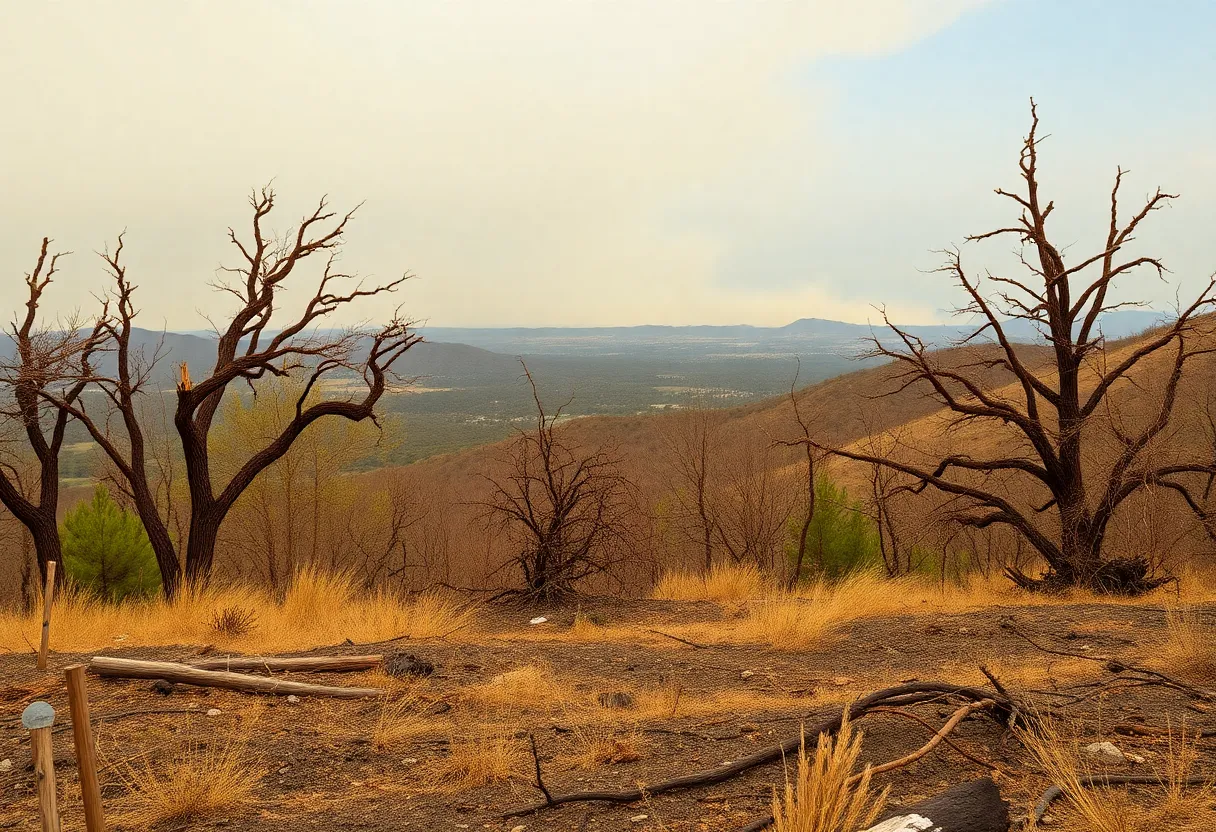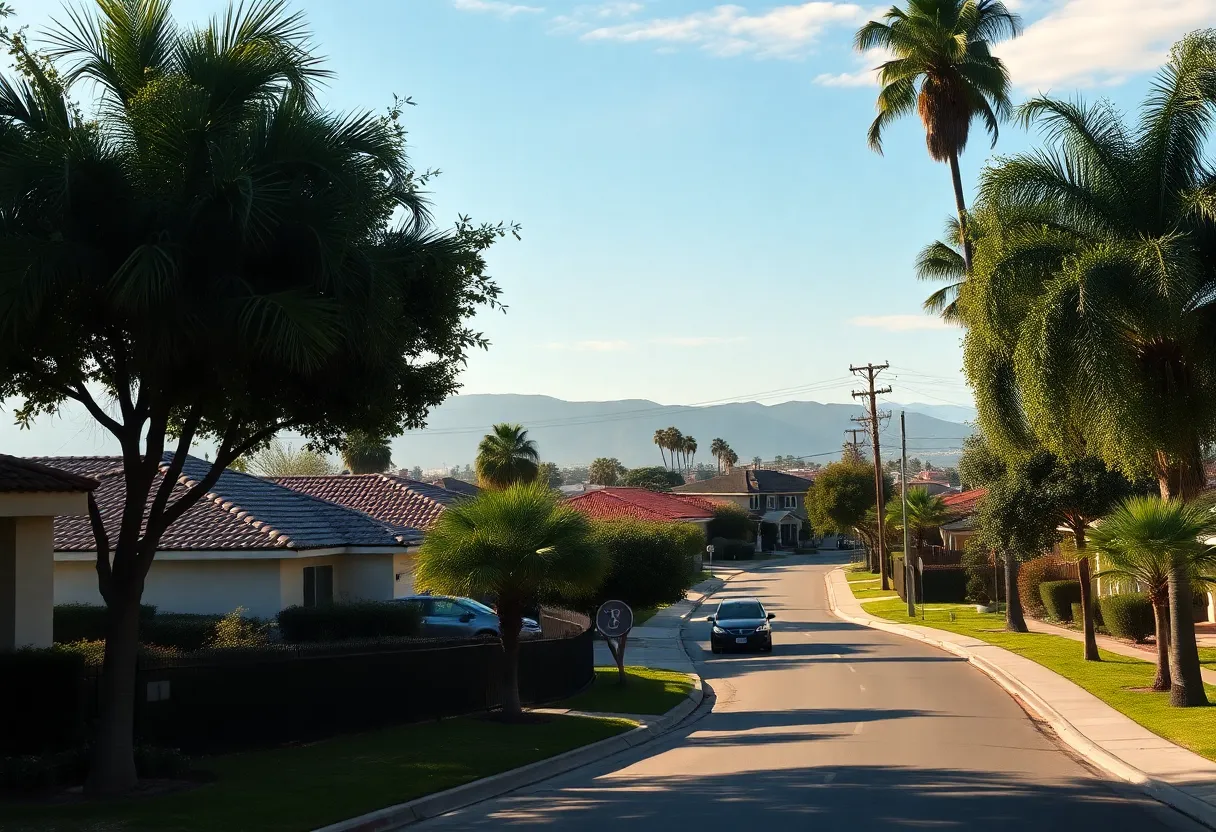California, September 27, 2025
News Summary
California Governor Gavin Newsom is reviewing Senate Bill 429, which aims to create the first public wildfire catastrophe model to help assess wildfire risks and enhance insurance regulations. This legislative initiative requires insurers to submit fire risk data for properties they insure. The bill aims to improve transparency and oversight while addressing the concerns of consumer advocates regarding algorithm accountability. Supporters like the APCIA emphasize its importance in stabilizing the insurance market in the face of increasing wildfire threats.
California Governor Gavin Newsom is currently reviewing Senate Bill 429, a significant legislative proposal that seeks to establish the nation’s first public wildfire catastrophe model. This initiative aims to enhance the state’s approach to wildfire risk assessment and insurance regulation, addressing the growing concerns over wildfire incidents and their impact on homeowners and insurers alike.
The bill outlines the need for insurers with over $10 million in written California premiums to submit fire risk data for the residential properties they insure. Under existing regulations, the California insurance commissioner is responsible for making this fire risk information accessible to the public. However, SB 429 aims to further expand this framework by creating the Wildfire Safety and Risk Mitigation Program under the California Department of Insurance.
This program will facilitate funding for research dedicated to the development of the public wildfire catastrophe model. The insights gained from this model and related research will assist in formulating risk mitigation strategies, inform actuarial analyses, and support regulatory oversight of insurance rates in the state.
The move comes as part of California’s ongoing efforts to refine its wildfire risk modeling framework. Earlier in July, the California Department of Insurance recognized the Verisk Wildfire Model as the first approved framework for determining insurance rates associated with wildfire risk. This model, developed by the Extreme Event Solutions unit of Verisk, is already being utilized in multiple states across the nation.
Support for Senate Bill 429 has been expressed by the American Property Casualty Insurance Association (APCIA). The organization emphasizes that sophisticated catastrophe models are essential for stabilizing California’s insurance market and enhancing access to coverage for residents facing wildfire threats. However, concerns have been raised by consumer advocacy groups, including Consumer Watchdog, regarding transparency and accountability related to the new regulations, particularly concerning the algorithms used by insurers in climate modeling.
State Senator Dave Cortese has underscored the importance of the proposed public model, stating that it will provide lawmakers with crucial data necessary to address inquiries from constituents regarding insurance rates, including the motivations behind rate increases and geographical inconsistencies in pricing.
Insurance Commissioner Ricardo Lara has also expressed his support for the development of a public wildfire model. He believes that it will not only enhance the affordability of insurance for Californians but will also provide informative insights aimed at reducing wildfire risks in vulnerable areas.
As part of a broader legislative package designed to tackle the challenges posed by wildfires and insurance, the bill encountered minimal opposition during the legislative process, indicating a collective recognition of the necessity for reforms in the state’s wildfire-related insurance landscape. The implementation of the public model is anticipated to boost transparency in wildfire risk assessments and might also serve as a check on the methodologies adopted by private insurers and the responses from the Department of Insurance.
Consumer advocates have previously criticized existing frameworks for their lack of transparency, asserting that adjustments are essential to ensure that proactive mitigation efforts are accurately reflected in insurance pricing. They have referenced successful strategies utilized in Colorado as a model for improving California’s approach.
Despite the promise of Senate Bill 429, the passage of the bill does not ensure the model’s creation or guarantee that its findings will differ significantly from those of existing private models used by insurers in the state.
Key Features of Senate Bill 429
| Feature | Description |
|---|---|
| Public Wildfire Catastrophe Model | The first public model established to assess wildfire risks and support insurance rate regulation. |
| Wildfire Safety and Risk Mitigation Program | A program under the California Department of Insurance aimed at funding research for the wildfire model. |
| Insurer Requirements | Insurers with over $10 million in written premiums must submit fire risk data for residential properties. |
| Transparency and Oversight | Improved public access to fire risk information and oversight on insurance rates through the model. |
| Support and Criticism | Backed by APCIA, but consumer advocates express concerns about transparency and accountability. |
Frequently Asked Questions (FAQs)
What is Senate Bill 429?
Senate Bill 429 is a legislative proposal in California aimed at establishing the nation’s first public wildfire catastrophe model, expanding the state’s wildfire risk assessment and insurance regulation.
What does Senate Bill 429 require from insurers?
The bill mandates insurers with over $10 million in written California premiums to submit fire risk data for their insured residential properties.
How will the public wildfire catastrophe model support insurance regulation?
The model will be utilized to formulate risk mitigation strategies, inform actuarial analyses, and support regulatory oversight of insurance rates in California.
What is the Wildfire Safety and Risk Mitigation Program?
A program established under the California Department of Insurance to fund research for developing the public wildfire catastrophe model.
Who supports Senate Bill 429?
The bill has received support from the American Property Casualty Insurance Association (APCIA), emphasizing the importance of advanced catastrophe models for a stable insurance market.
What concerns have been raised by consumer advocates?
Consumer advocates have expressed concerns over transparency and accountability regarding the algorithms used by insurers in climate modeling under the new regulations.
Deeper Dive: News & Info About This Topic
- Insurance Business: California Lawmakers Considering Wildfire Catastrophe Model
- Wikipedia: Wildfires in California
- Dig-In: California Builds Public Wildfire Catastrophe Model
- Google Search: California wildfire catastrophe model
- Verisk: Completion of Wildfire Catastrophe Model Review
- Encyclopedia Britannica: Wildfire
- KPVI: California Launches Public Wildfire Model
- Property Casualty 360: California Approves Wildfire Catastrophe Model
- Risk Market News: California Passes Wildfire Catastrophe Model Legislation
- Insurance Journal: California’s Wildfire Catastrophe Model

Author: STAFF HERE CORONADO
The Coronado Staff Writer represents the experienced team at HERECoronado.com, your go-to source for actionable local news and information in Coronado, San Diego County, and beyond. Specializing in "news you can use," we cover essential topics like product reviews for personal and business needs, local business directories, politics, real estate trends, neighborhood insights, and state news affecting the area—with deep expertise drawn from years of dedicated reporting and strong community input, including local press releases and business updates. We deliver top reporting on high-value events such as the Coronado Island Film Festival, productions at Lamb’s Players Theatre, community workshops at John D. Spreckels Center, and iconic celebrations at Hotel del Coronado. Our coverage extends to key organizations like the Coronado Chamber of Commerce and Visit Coronado, plus leading businesses in hospitality, dining, and tourism that drive the local economy. As part of the broader HERE network, including HERESanDiego.com, HEREHuntingtonBeach.com, HERELongBeach.com, and HERELosAngeles.com, we provide comprehensive, credible insights into Southern California's dynamic landscape.





